Standard Letter Format Template for Professional Letters
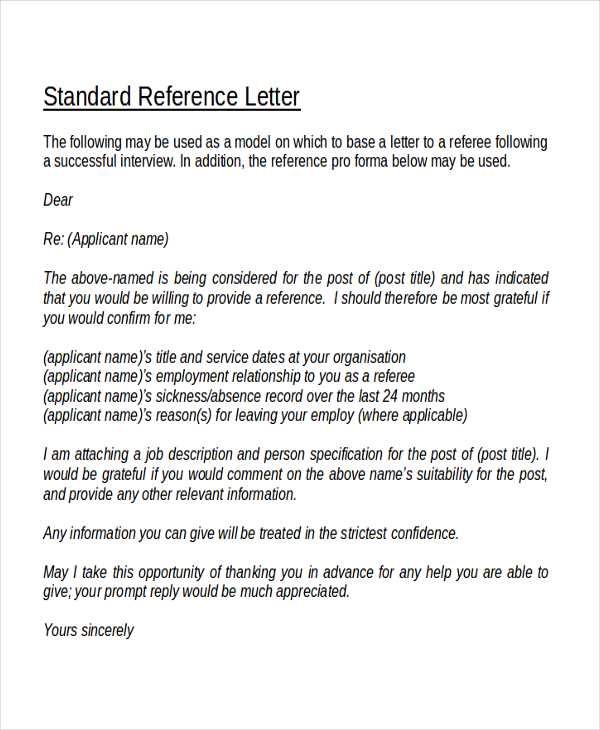
Creating a well-organized written communication is essential for conveying information effectively and professionally. Whether it’s for business, personal, or official purposes, understanding the structure of formal messages ensures clarity and maintains a polished tone. The following guidelines will help in crafting documents that leave a lasting impression.
Essential Components of a Formal Document
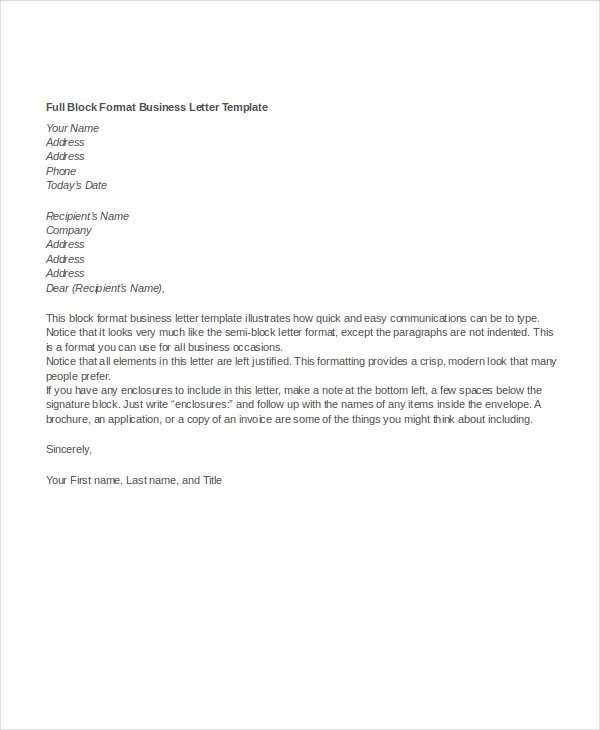
A proper communication includes several key elements that contribute to its professional appearance. The following parts should be considered when writing:
- Heading: Typically includes the sender’s information and the date, setting the tone for the message.
- Opening Salutation: A respectful greeting depending on the relationship with the recipient.
- Body: The main content of the message, where details are conveyed logically and concisely.
- Closing Remarks: A polite sign-off that encourages future communication or expresses gratitude.
- Signature: The author’s name or a digital sign-off, adding a personal touch.
Effective Opening and Closing Practices
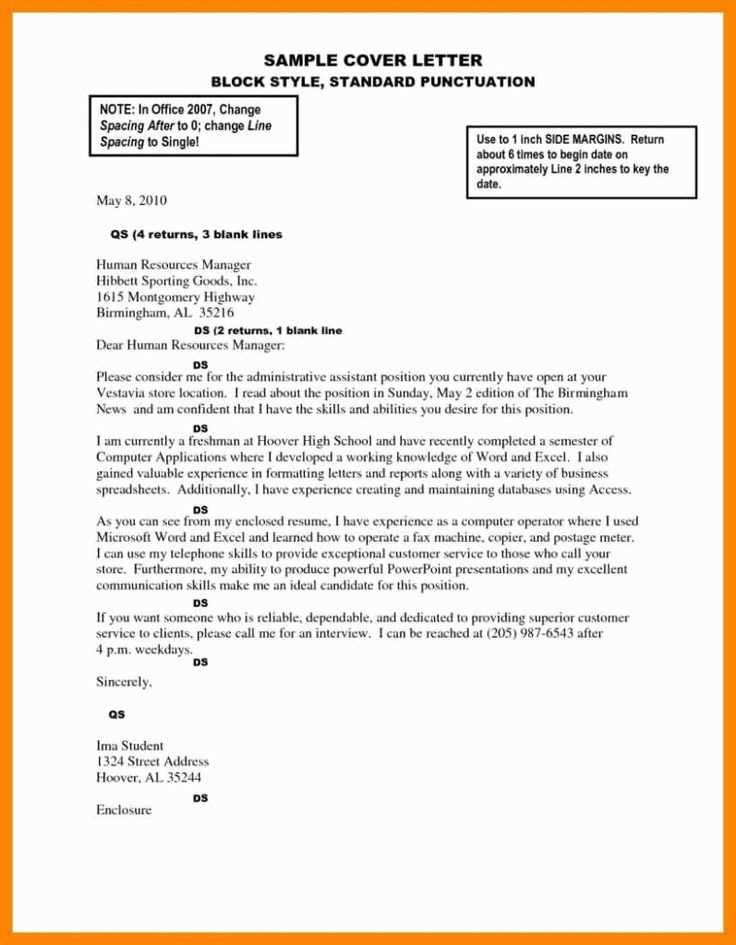
How you begin and end your correspondence can set the tone for the entire message. A formal introduction provides context for the content, while a courteous conclusion ensures the communication is wrapped up politely.
Clarity and Brevity in Communication
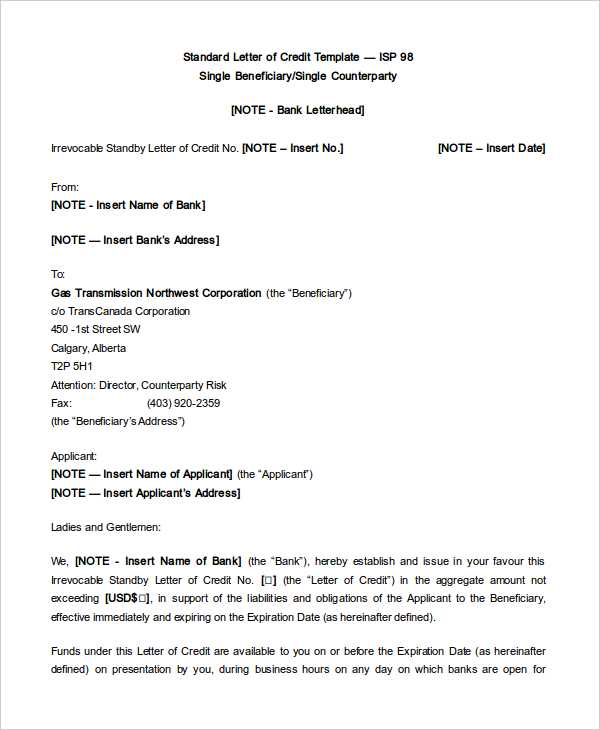
Always aim for clarity by organizing ideas logically. Avoid unnecessary jargon or long-winded sentences. The goal is to communicate ideas effectively without overwhelming the reader.
Common Pitfalls to Avoid
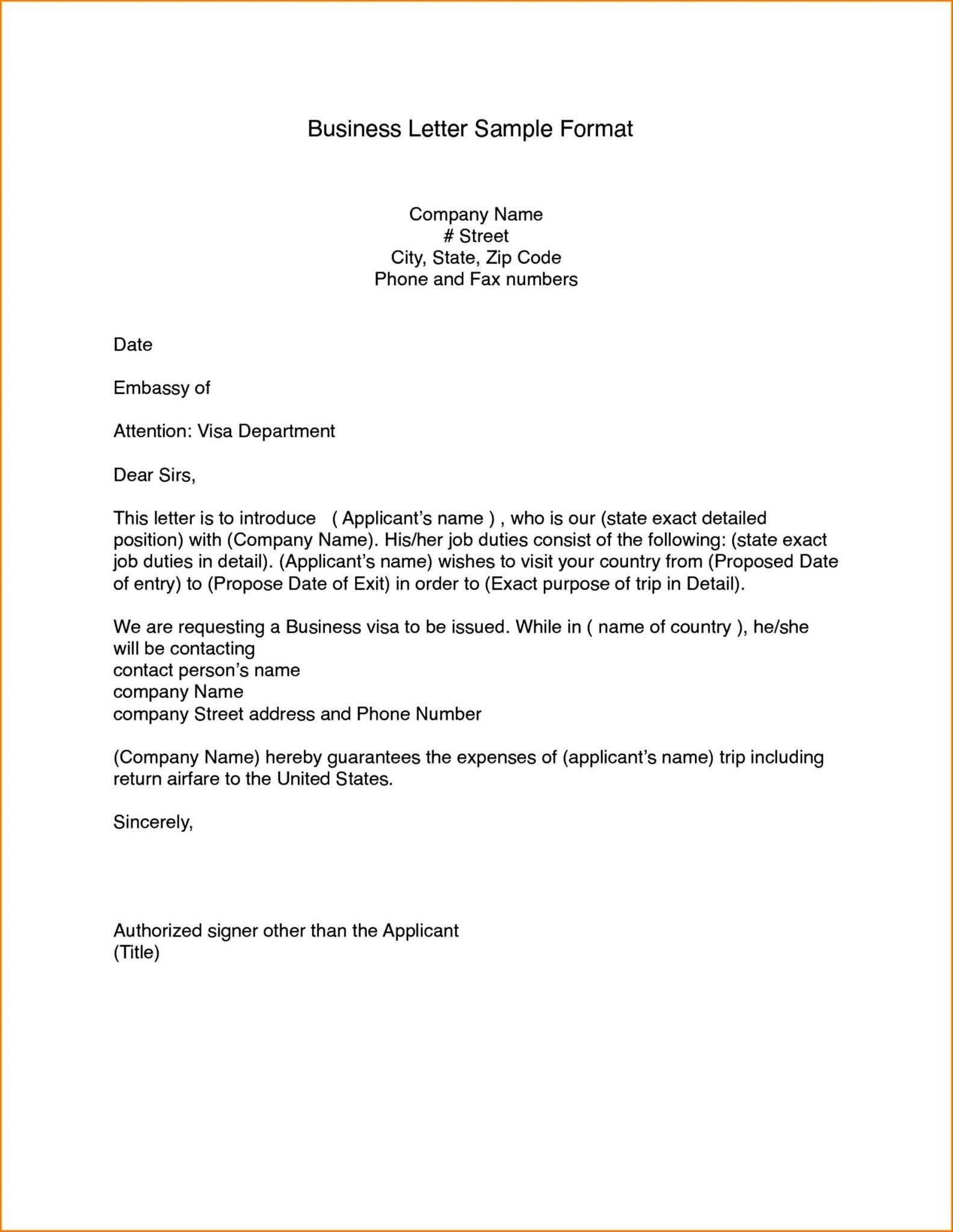
- Overcomplicating Language: Using overly formal or complicated words can confuse the recipient.
- Neglecting Structure: A poorly organized document may cause important details to be overlooked.
- Failure to Proofread: Errors in spelling, grammar, or punctuation can undermine professionalism.
By following these basic principles, you’ll be able to produce a polished, clear, and effective document every time.
htmlEdit
Understanding the Importance of Proper Formatting
Key Components of a Professional Correspondence
How to Begin Your Message with Professionalism
Selecting the Right Tone and Approach
Common Mistakes to Avoid When Writing Correspondences
Techniques for Clear and Concise Communication
Properly arranging your message ensures that your communication is not only effective but also well-received. Structuring your communication in a clear and organized manner reflects your professionalism and respect for the recipient. It is crucial to understand how to properly set up your correspondence, from the initial greeting to the concluding remarks, to ensure that your message is both clear and engaging.
There are several essential elements that make up the backbone of any professional message. These include a respectful introduction, a body that flows logically, and a polite closing. Each section plays a vital role in ensuring your message is coherent and that the recipient understands the purpose of your communication. Understanding these components allows you to convey your thoughts in an efficient and persuasive manner.
Starting your communication with the right approach sets the tone for the rest of the message. Whether you are addressing a colleague, a client, or a superior, a courteous opening is key. This initial part should immediately convey your intention while maintaining a level of professionalism and respect. A well-chosen opening helps to establish trust and sets the stage for a constructive dialogue.
The tone and style you choose can make or break the effectiveness of your message. It’s important to consider the context and your relationship with the recipient when selecting the appropriate tone. Whether you’re being formal or informal, ensuring consistency throughout your communication will help maintain clarity and respect. The right style will make your message feel both personal and professional, striking the balance between friendliness and authority.
Many people fall into common traps when composing their communications. These include using overly complex language, forgetting to proofread, or failing to tailor the tone to the recipient. Simple errors such as unclear subject lines or improper salutation can also detract from the overall professionalism of your message. Being aware of these pitfalls allows you to avoid mistakes that could undermine the effectiveness of your correspondence.
Clear and concise writing is an essential skill in effective communication. Avoid unnecessary jargon and long-winded explanations that may confuse the reader. Be direct and get to the point while still maintaining the necessary level of politeness. By focusing on clarity and brevity, you ensure that your message is not only understood but also well-received.